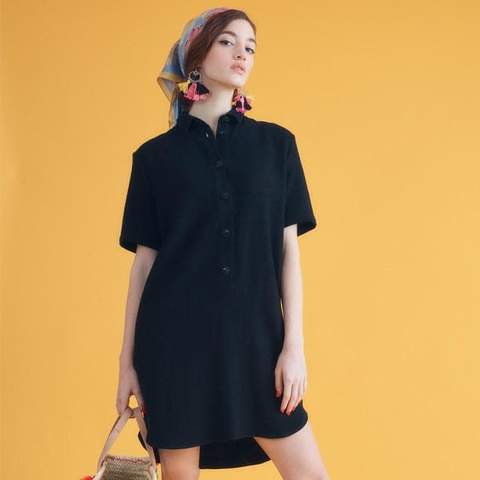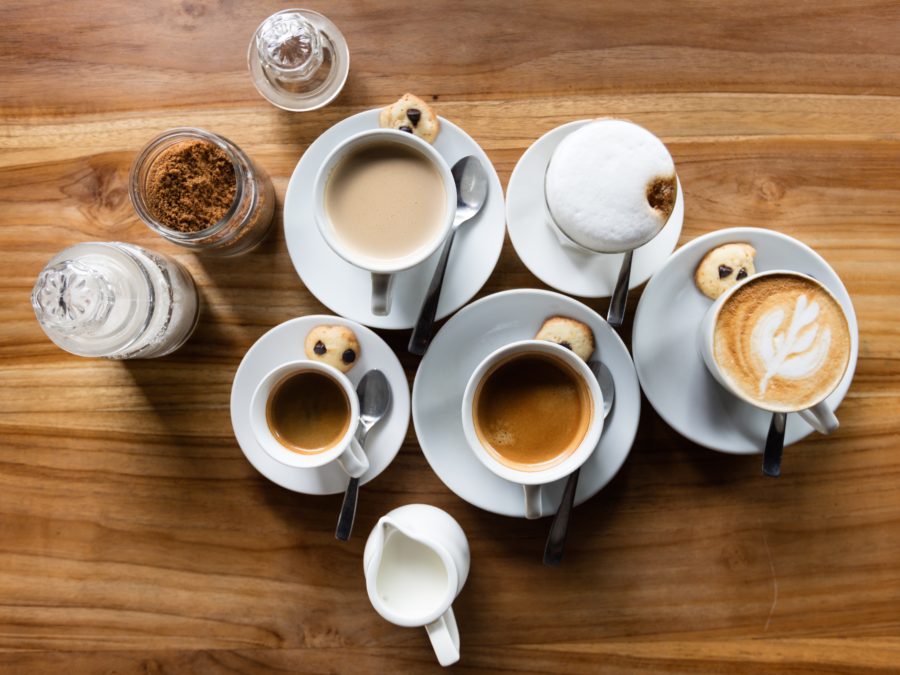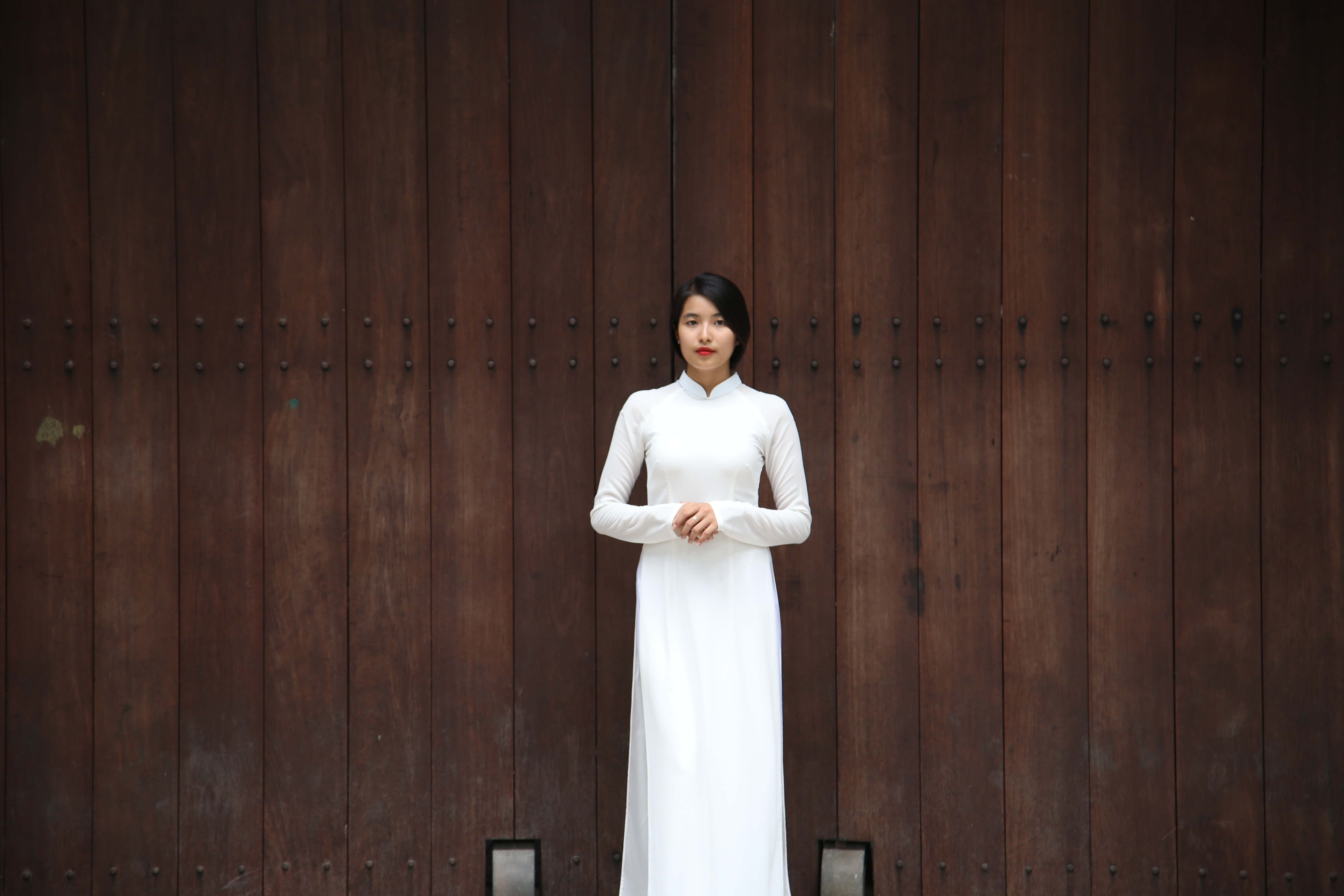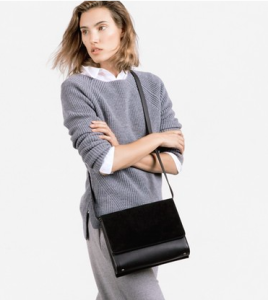By Tara Button / Edited By Kasi Martin
What if you could declutter your home, save some dough, and preserve the planet without a thousand steps and a massive to-do list. The world would be a bit lovelier and lighter, right?
With the conscious community more interested in simplifying, downsizing and reserving space for the things that matter than ever, I designed a philosophy to make this lifestyle achievable and laid it out in my new book, A Life Less Throwaway.
This book exists because a humble gift transformed my life a few years ago. At 29, I expected to have some semblance of my life in order. Instead, I found myself riddled with debt, living in a chronically cluttered apartment, and pretty sullen with my outlook most days. Recognizing this, and simultaneously trying to help me level-up my home life, my sister gave me an heirloom pot to start my cookware collection. She said it was something to look after and hand down to my grandchildren.
Starting with things that matter
At that moment, I realized I wanted everything I owned to be like this — worthy of my care and attention. Even inanimate objects. I wanted to buy once and buy well, as the saying goes. I went hunting for a shopping site dedicated to quality products – like my new earthen bowl. But it was 2012 and I quickly learned I’d be wishing for this forever, or I’d have to build it myself. So despite having little technical knowledge, I dove in and created BuyMeOnce.
For starters, I developed a five-question methodology and researched products, looking into the materials, manufacturing methods, warranties, sustainability, and reviews of products to find what I called “best in show” items in each category. I discovered admirable brands, like Darn Tough socks, which come with a lifetime warranty. Pens that can write in perpetuity, soccer balls that never deflate, and clothing brands like Lowie committed to repairing their items for life.

The more I researched and added brands to the site, the more my own attitude toward “stuff” morphed. Nothing was passing through my front door unless I planned to keep it for the long-haul. Gradually and thoughtfully, I donated or gave away my short-lived items to friends and family and replaced them with items I was curating for BuyMeOnce. My home became a living reflection of the shop.
In 2016, the website took off in the media, people flocked to the site, and I was offered book deals and TV promos. There was even a declaration of true love from Ashton Kutcher (for the site, not for me, ha!). This put me in a position to quit my advertising job (hallelujah!) and throw myself wholeheartedly into BuyMeOnce.
I’ve spent the last three years creating a space that features 1,500 of the most durable and sustainable items on the planet. It’s for the naysayers who dismiss mindful curation as a burden and complete madness. I’ve made it easier.
BuyMeOnce is a philosophy. The site is where consumers can go to make it a lifestyle.
Decluttering with a capital D
Since I started BuyMeOnce, there’ve been books galore about organizing and decluttering, most of which I’ve read on a quest to tidy my own mess.
Readers and Netflix aficionados know the KonMari method. It’s a full-blown MOVEMENT now. And don’t get me wrong, I respect the heck out of Marie for her tenacity in this space (mostly I’m envious of her folding skills!) but when studying her principles, I found them both too restrictive and too vague. Her prescription to ‘get rid of all unread books and unpack your whole handbag every evening’ seemed like an unnecessary hassle. And her concept of ‘spark joy’ got me thinking, “But what do I do when I’m holding an item and I have conflicting feelings?” Sometimes things aren’t as black and white as ‘keeping’ or ‘tossing’ and I wanted to make more space to validate and accept this internal conflict. Sometimes, an object can be difficult to let go of completely, but one you don’t need nearby or in everyday use. But where do I put this item, seeing as there’s no storage in the home due to the cluttered state of it? Something like outdoor storage buildings would be a great solution for an issue like this, to store all items that you just can’t let go of.
My biggest issue, however, is with the movement at large. Very few experts deal with the root cause of clutter…how all that stuff came to be in the first place. And, most importantly, how to prevent it from coming back. A friend of mine recently decluttered her whole house and she just did it without thinking too much into it. She knew that if she sat there thinking about whether she would use specific items again in the future, she would be there forever and nothing would get done. So, she hired out a skip after looked into something like Brisbane skip bins and then from there, she was all ready to begin the decluttering process. Everyone’s approach will be different, but as long as you get the results you are after, that’s all that matters. For instance, I had another friend who would make use of short term storage options instead and that worked great for them. Consider all the options.
This is where my technique differs and intends to help. It focuses on you as the curator of your own life. Carefully choosing the pieces you want to add to your gallery and the cohesive effect they create. Here are five steps you can start with so there’s a method to your madness.

1 Take stock of what you have
Set aside some time to look through your items methodically. Gather them all together and identify what your desert island items are in each category. These are the products that you reach for first if given the choice. Then, make everything else justify its place in your life.
If an object is not being useful, beautiful or meaningful, then it’s not adding value. Items that have no purpose are simply clutter, or worse, items that we feel we SHOULD like and end up making us feel guilty.
In the past when I got a gift I didn’t like, I’d put it on a shelf or in a drawer for a couple of years – coming across it occasionally and each time I felt bad for not liking the gift. Eventually, I’d decide it’s “served its time” and give it away in a big clear out. Madness! Instead, I now recommend exchanging or giving it away the moment you get it. Then it won’t be staring you in the face with shame for an eternity!
Donate locally or to a friend or family member you know will use the item. Ensure it’s going to a cause you feel attached to. If it’s unwearable, don’t give it to a thrift store, make sure it goes into a fabric recycling scheme. (Note from Kasi: Please be conscious. Decluttering can inundate thrift shops with too much inventory that often gets shipped overseas or ends up in landfills instead of being resold). For a list of national charities see this handy page: https://www.moneycrashers.com/where-donate-clothes-charity/
2 Combat manipulations that encourage mindless buying
I call these “The three temptations of materialism.” While we try our best to live a calm, fulfilled, less wasteful life, these are the little demons sitting on our shoulder distracting us. And we don’t want to end up in the Bad Place now, do we?
Temptation One — Advertising
It talks to you constantly, hundreds of times a day, in fact, about what you should buy and how good and happy you’ll feel if you do. We all think we’re good at ignoring ads and that they don’t affect us. But they’re adept whispering and speaking to our subconscious today. According to research, ads are even more effective when we don’t realize we’re paying attention to them.
Recognize their power. Then give those ads a digital stare down and go “no thank you, what you’re pushing only serves fleeting happiness. I’m cool with what I’ve got.”
Temptation Two – Trends
This is the voice of an insecure bully telling you that “you can’t possibly wear THAT again.” At my English grade school, you were NOTHING unless you owned Doc Martens. I begged my mom for months until she gave in and bought me a knockoff pair. Needless to say, this didn’t help with the mockery.
It’s wild to me, but this bullying carries on into our adulthood, albeit in a veiled and more specious form. “Tara, your dress is so nice, have you seen the new style of it at Neiman’s?!” The pressure to look like the pack can be debilitating if you let these voices in. Silence them by figuring out your sense of style. When you get comfortable with your aesthetic, the voices will become whispers.
Temptation Three — Status
This is another voice inside your head that points out when someone else is seemingly richer, prettier, funkier, or better groomed than you. This voice is evolutionary. It plays into our primal desire to be on top because in ancient times a human lower on the totem pole might have been kicked out of the tribe and starved to death.
Oy, that’s simply not our reality today. So I’ve devised a method to manage this voice. I can’t silence it but I can talk back! When it says… “Look at that supermodel, look how beautiful and rich and happy she is, why am I not like that? WAIT… am I low status…? AM I GOING TO BE EXTINCT!! … ooh maybe if I buy this bag I can get a piece of that status and save myself?” I can calmly thank the voice for trying to save me from exile and starvation.
My self-worth is not derived from a handbag. It’s from my thoughts, my love and my contribution to society. Plus, I’m way more likely to starve if I do by a thousand dollar handbag. Practically for the win!
In the long term, the only way to combat the status voice is to concentrate on getting your self-worth from who you are and what you bring to the world, rather than what you own or how you look.
3 Discover your purpose
I belive that it’s always worth taking time to consider what our purpose is and what we want our legacy to be in this world. Modern life is great at distracting us with shiny things when we could be concentrating on what brings us meaning and, thus, happiness.
Today, I take my nephews and nieces on adventures rather than buying them gifts. I spend money I could have spent on clothes going on a mini-break with friends. When I do buy, I spend on things like musical instruments and craft tools that feed my creativity.

4 Buy for the long term
Once you’ve decided what you need in your life, according to your priorities and values, try to find the longest lasting, highest quality version of those things. Not only will this save you the stress of having to fix or replace them as often, but you’ll also save money in the long run. You can trust BuyMeOnce for these types of products. They will generally cost more than the mainstream brands so if money is a concern, you can also opt for quality items from secondhand shops. Checkout Kasi’s guide for clothing too.
5 Nurture the items that nurture you
If you’re investing, you’ll also want to care for your items. This starts with looking after your home and cleaning effectively, meaning you’ll want to be armed with the best upright vacuum for whipping your floors into shape. There are a few basic maintenance tasks which can drastically increase the longevity of items. For example; descale appliances which use water every three months. Condition anything made of leather. Wash items gently. Put protectors on mattresses. If items are getting worn, look at ways of reinforcing or protecting them before they are beyond hope. It’s really worth doing. I know if I plump my feather sofa cushions regularly my sofa could last years and years longer than if I let them go flat and I’m saving myself hundreds of pounds with this small action. When it come to clothes checkout Kasi’s guide to home care and specialty cleaning.
Finally – get to know your local fixers. Your local cobbler, tailor, dry cleaner, and ideally the old-school handyperson. Idea: You could even host a project (like restart project in the UK) and host a party where you can bring electronics and get them fixed for free.
For a full explanation and step by step exercises, check out the book A Life Less Throwaway now available in print, audio and e-book.





